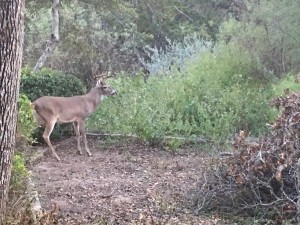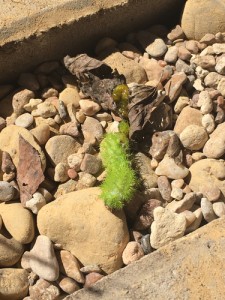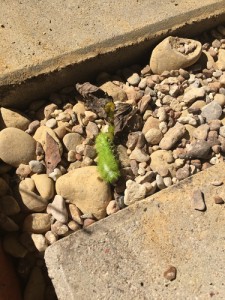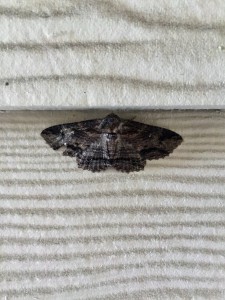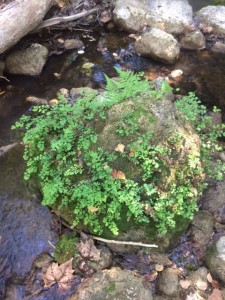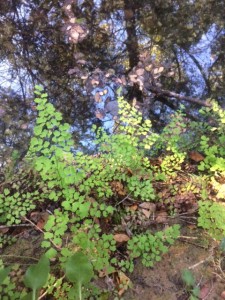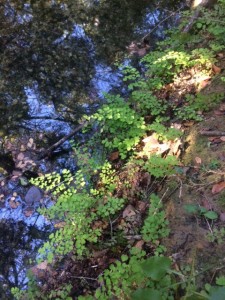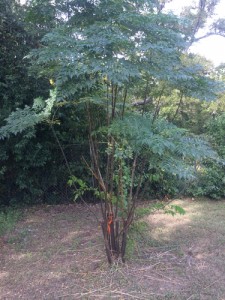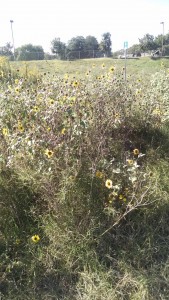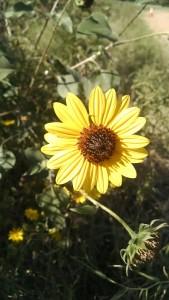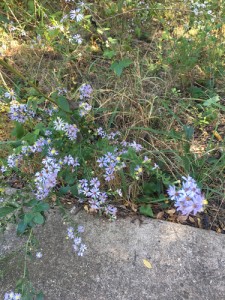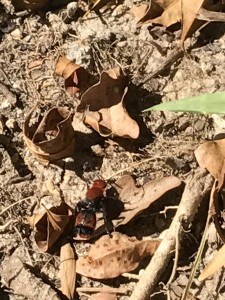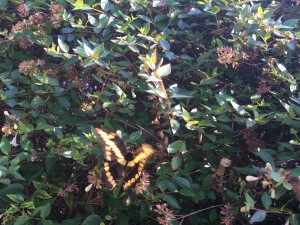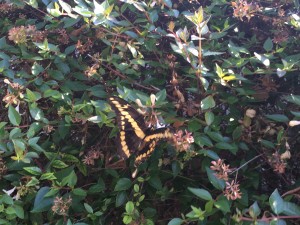
These glossy privets (Ligustrum lucidum) are planted all along the edge of the apartment complex I live at, as well as along the length of fence separating my complex and the neighboring one. At first, I was sure they were Japanese privet but, after researching the differences between the two species, my educated guess would be to say these are glossy privets. Generally, glossy privets have longer leaves than its relative, Japanese privet. The leaf apex of Ligustrum lucidum is long acuminate, meaning that it stretches out to a longer point. Young glossy privets are usually mis-identified as Japanese privet because the leaves haven’t grown to their longer length. However, because these privets around my complex are mature and vary in height from 10ft – 40ft, their leaves are noticeably longer than the Japanese privet leaves that I have come to be so familiar with. Because the neighboring apartment complex is older and the glossy privets are much taller (above picture), it’s likely these privets were planted around the time the building was developed and used by the landscaper as a bordering plant. Glossy privet are just as hardy as Japanese privet when it comes to invading an area and are even more troublesome than Japanese privet in some areas of Texas (ex: Harris county).
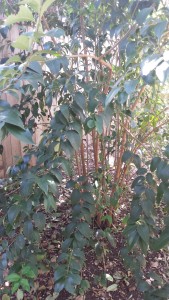
iNaturalist post.
Glossy Privet info.
